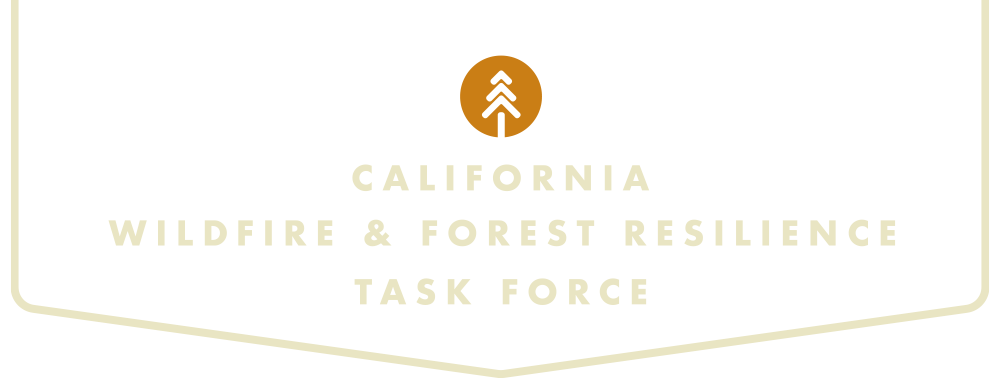What are the experts sayingabout wildfires in California?
Myth: California isn’t doing enough to manage its forests and landscapes for wildfire risk.
“The State of California is a leader, there is no doubt about it, when you look at what has been applied here in terms of grant funding, also political leadership in the wildfire space, it's really unparalleled anywhere in the western US.”
Scott Stephens, UC Berkeley
“California contains not only the most firefighters in the country but also the most highly trained”
Hugh Safford, a research fire ecologist at the University of California, Davis
“Thousands of wildfire resilience projects have been completed across California to protect our communities and landscapes from catastrophic wildfire in recent years, and more are underway,”
Wade Crowfoot
“No other state in the country is tackling wildfire resilience at this scale or with this level of innovation. From groundbreaking prescribed fire projects to comprehensive data tracking systems, we’re setting the standard for what it means to protect our landscapes and communities.”
Kara Chadwick – U.S. Forest Service Deputy Regional Forester
Myth: Prior treatments would have prevented the damage from LA fires/ Overregulation prevented LA communities from taking action before the fire.
“All of the brush clearance, fuel breaks — they’re very effective on what we would consider a normal day, but what you’re talking about here is probably less than 1% of all the fires that we respond to in Southern California. You could have put a 10-lane freeway in front of that fire and it would not have slowed it one bit.”
Chief Brian Fennessy – Orange County Fire Authority
“The bottom line is the winds far outweigh the fuel in terms of fire spread in a situation like this”
Jon Keeley, fire ecologist with the U.S. Geological Survey
“I do not believe there is anything that wildland management could have done to qualitatively or substantially alter the outcome of these fires.”
Alexandra Syphard, senior research ecologist at the nonprofit Conservation Biology Institute and adjunct professor at San Diego State University
“Clearing brush — and thus eliminating fuel — can reduce the intensity of wildfires in the Los Angeles Basin even during extreme weather, although it’s not likely to have prevented the kind of destruction of Pacific Palisades. At the same time, unlike in forested areas, fuel reduction in the region’s chaparral shrublands risks harming the ecosystem rather than making it healthier.”
Patrick T. Brown – co-director of the climate and energy team at the Breakthrough Institute
